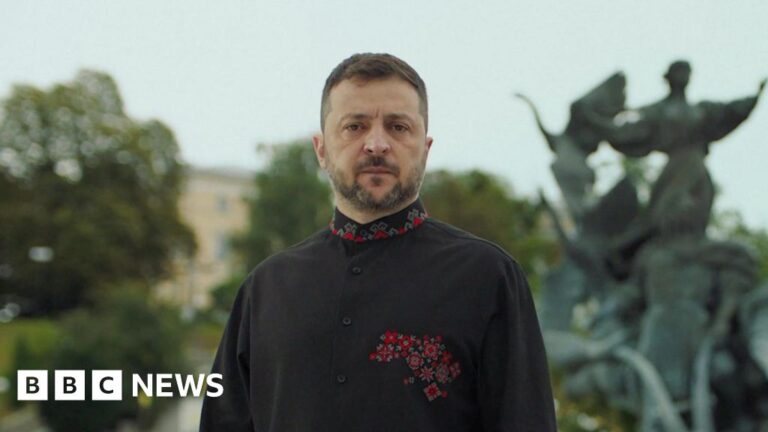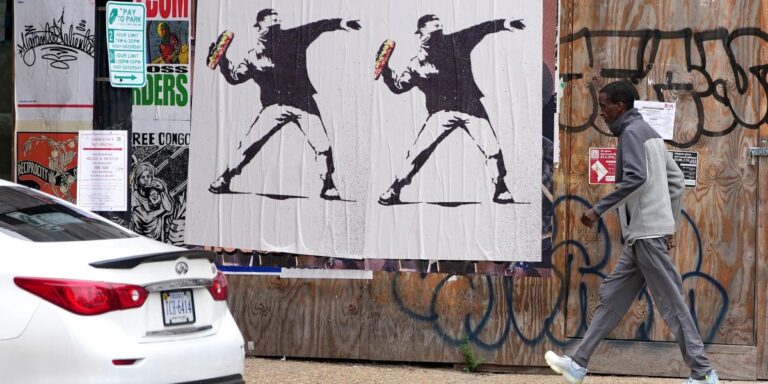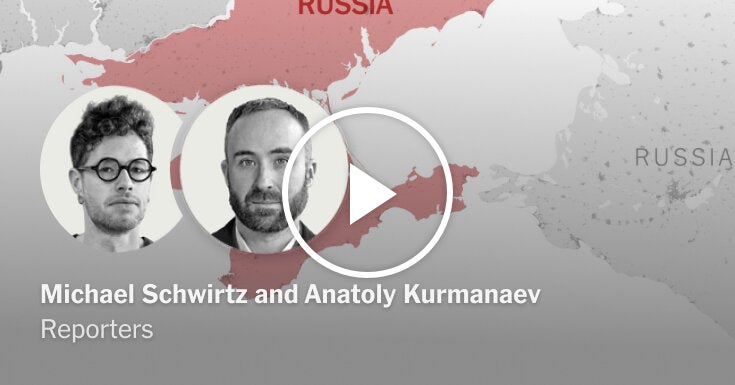By Anne Lepesant on SwimSwam

Fitter and Faster Swim Camps is the proud sponsor of SwimSwam’s College Recruiting Channel and all commitment news. For many, swimming in college is a lifelong dream that is pursued with dedication and determination. Fitter and Faster is proud to honor these athletes and those who supported them on their journey.
Miami University in Oxford, Ohio, has added a pair of ranked divers for the 2025-26 season. Tuck Gregory and Paul Hong had both originally committed to SEC programs (Missouri and Auburn, respectively) but recommitted to the RedHawks.
We ranked Gregory #10, and Hong was listed in the “Honorable Mention” section on our list of top diving recruits from the high school class of 2025. Gregory and Hong will join diver Rowen Bishop and swimmers Eli Rolfsen, Duncan Salmen, Jett Dooley, Liam Quigley, Luke Pugh, Nathan Lindstrom, and Owen Fowler in Oxford this fall.
Tuck Gregory – Norman Park, GA – Colquitt County High School – Moss Diving Farms
“I’m super excited to announce my verbal commitment to Miami University! First of all I would like to thank God for blessing me with this opportunity & for guiding me in this journey. I would also like to thank all of my family, friends, and coaches who have supported me. Go Redhawks!”
Gregory attended Colquitt County High School and is a 2-time Georgia High School state champion. As a senior, he won the 1-meter event (11 dives) at the 2025 GHSA 6A State Championships, scoring 757.55 points, clearing 2nd place (his brother, Trip Gregory) by 88 points. In 2024, he won with 738.50 points at the 7A State Championships.
Gregory does his year-round training with Moss Farms Diving. He placed 2nd on the 1-meter board, 2nd on the 3-meter, and 3rd in platform at 2024 YMCA Nationals Championships. At 2024 USA Diving Junior National Championships, he was 10th in boys’ 16-18 1m prelims (390.10), 7th in 3m prelims (430.80), and 15th in the platform semi-final (385.85).
Paul Hong – Highland Village, TX – Marcus High School – GC Diving
“I am super excited to sign and commit to Miami University of Ohio. I want to thank God for leading me down this path and giving me an opportunity for this next chapter in my life. Another thanks to all of the coaches, family, and friends who have helped me along the way. Go Red Hawks!
”
As a freshman at Marcus High School, Hong placed 3rd at the Texas UIL 6A State Championships with 520.90 points (11 dives). He owns the school record in 1-meter diving.
Hong dives year-round with GC Diving. He is a 1-meter and 3-meter USA Diving Junior National Finalist and a Texas state bronze medalist. At the At 2024 USA Diving Junior National Championships, he came in 17th in the boys’ 16-18 3m semi-final with 424.10.
If you have a commitment to report, please send an email with a photo (landscape, or horizontal, looks best) and a quote to Recruits@swimswam.com.
About the Fitter and Faster Swim Tour
Fitter & Faster Swim Camps feature the most innovative teaching platforms for competitive swimmers of all levels. Camps are produced year-round throughout the USA and Canada. All camps are led by elite swimmers and coaches. Visit fitterandfaster.com to find or request a swim camp near you.
FFT SOCIAL
Instagram – @fitterandfasterswimtour
Facebook – @fitterandfastertour
Twitter – @fitterandfaster
FFT is a SwimSwam partner.
Read the full story on SwimSwam: Miami RedHawks Add Ranked Divers Tuck Gregory and Paul Hong for 2025-26




















